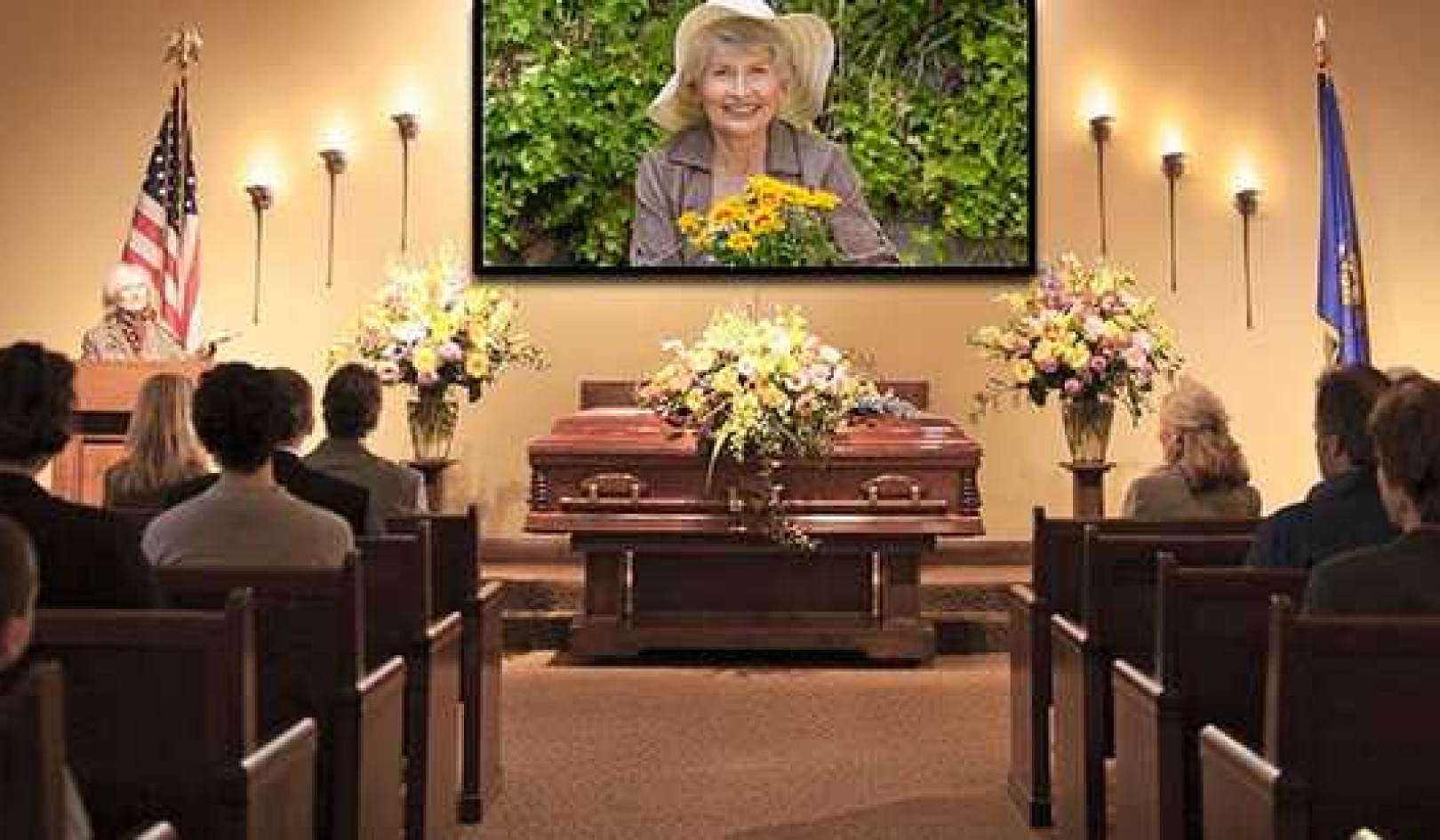
It isn't about fighting to get the 'most valuable' partner you can," says Paul Eastwick. "It's about trying to find someone who inspires both a sexual and emotional connection. That's how young people initiate relationships.
New research on crushes among straight young people contradicts the hook-up culture stereotype, say researchers.
The study is the first of its kind to look at early relationship development—the time period in which people experience rising and falling romantic interest for partners who could, but often do not, become committed partners; in other words, crushes. Previous studies have examined committed relationships on one extreme, and first impressions on the opposite extreme.
To obtain their data, researchers surveyed 208 heterosexual college students at a Midwestern university about their dating habits, their various likes and dislikes, and attraction to potential partners over a seven-month period. Participants described an average of five crushes during this stretch of time and reported about 15% of them turning into dating relationships at some point. They collected a total of over 7,000 reports on these potential partners.
What predicted these attractions ultimately fizzled?
“What took us by surprise is that many of the important factors were the same things you would have seen in a committed relationship,” notes Paul Eastwick, professor in the University of California, Davis psychology department and lead author of the study. “This supposed hookup melee actually looks a lot like people taking relationships for a test run.”
The authors used machine-learning approaches to identify the strongest predictors of romantic interest in each crush. Machine learning, or the use of algorithms and statistical models to analyze and draw inferences from patterns in data, is especially useful at identifying predictors that are likely to be robust and replicable, the authors say.
Over the course of the study, some of the best predictors of sustained interest in a partner turned out to be markers of attachment, such as seeking out someone’s presence as much as possible, feeling distressed when separated from them, and wanting to tell them about successes. These features are traditionally considered markers of pair-bonded relationships.
Feelings Of Attachment And Emotional Connection
“When feelings of attachment and emotional connection start to kick in, young adults seem to take it as a sign that this is a crush worth pursuing,” says study coauthor Samantha Joel, an assistant professor of psychology at Western University. “Sexual and emotional attraction seem to go hand-in-hand, even before a committed relationship materializes.”
Other factors that were known to be critical in initial impression contexts had no effect at all in the current study. Specifically, physical attractiveness—the most commonly studied variable in the whole initial attraction literature—was surprisingly weak.
Participants also uploaded photographs of their crushes, and the researchers used a team of coders, who didn’t know the subjects of the photographs or anything about them, to rate how physically attractive the crushes were on a 1-10 scale. This variable turned out to be completely irrelevant to whether participants were romantically interested in the crushes.
“If we had been looking at a bar, or speed-dating—a setting where you have to compete to be noticed—these coder ratings of physical attractiveness should have been exceptionally good at predicting which partners were highly desired and which ones were not,” Eastwick explains. “But that isn’t what the data revealed at all.”
People Search For Evidence Of Compatibility
According to Eastwick, these findings imply that early relationship development is a mating context in which people search for evidence of compatibility. “It isn’t about fighting to get the ‘most valuable’ partner you can,” he says. “It’s about trying to find someone who inspires both a sexual and emotional connection. That’s how young people initiate relationships.”
The study appears in The European Journal of Personality. Coauthors are from Durham University; Northwestern University; and UC Davis.
Source: UC Davis

Related Books:
The Five Love Languages: The Secret to Love That Lasts
by Gary Chapman
This book explores the concept of "love languages," or the ways in which individuals give and receive love, and offers advice for building strong relationships based on mutual understanding and respect.
Click for more info or to order
The Seven Principles for Making Marriage Work: A Practical Guide from the Country's Foremost Relationship Expert
by John M. Gottman and Nan Silver
The authors, leading relationship experts, offer advice for building a successful marriage based on research and practice, including tips for communication, conflict resolution, and emotional connection.
Click for more info or to order
Come as You Are: The Surprising New Science that Will Transform Your Sex Life
by Emily Nagoski
This book explores the science of sexual desire and offers insights and strategies for enhancing sexual pleasure and connection in relationships.
Click for more info or to order
Attached: The New Science of Adult Attachment and How It Can Help You Find—and Keep—Love
by Amir Levine and Rachel Heller
This book explores the science of adult attachment and offers insights and strategies for building healthy and fulfilling relationships.
Click for more info or to order
The Relationship Cure: A 5 Step Guide to Strengthening Your Marriage, Family, and Friendships
by John M. Gottman
The author, a leading relationship expert, offers a 5-step guide for building stronger and more meaningful relationships with loved ones, based on principles of emotional connection and empathy.
























